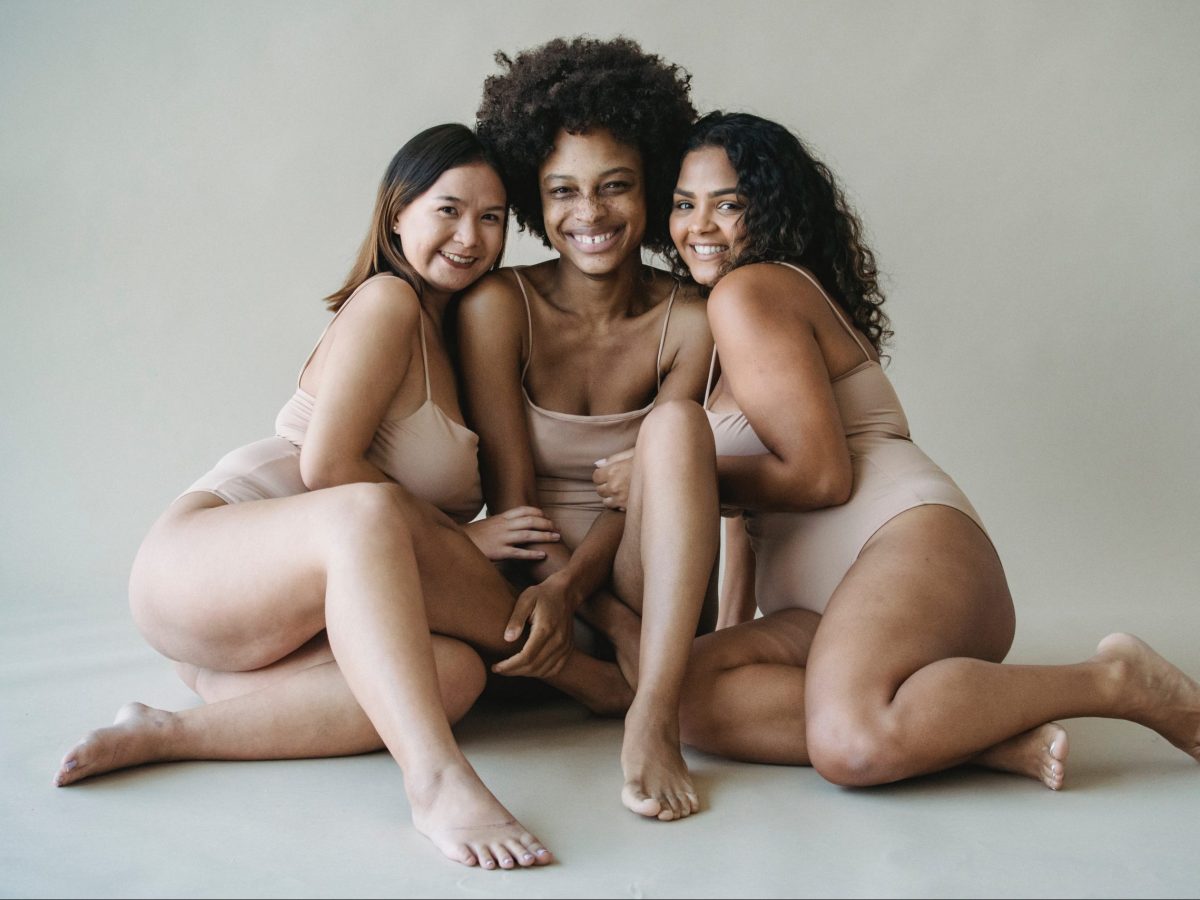
The Body Positivity Movement is an incredibly powerful campaign that has encouraged diversity, confidence, and self-love across all sizes. It is hard to escape the impact of this movement, whether you are looking at social media, retail campaigns, commercials, and more. While the overall effect of this movement has been very positive, many, such as singer Lizzo, are pointing out that people are forgetting that the movement was made by and for plus size women. Though people of all sizes can feel empowered by body positivity, it is important to prioritize the liberation of marginalized bodies, as the movement originally intended.
HISTORY OF BODY POSITIVITY
Before the Body Positivity Movement was the Fat Acceptance Movement. Created in New York in the late 1960s, the National Association to Aid Fat Americans, now called the National Association to Advance Fat Acceptance (NAAFA) became one of the world’s longest-running organizations advocating for the rights of plus size people. Around the same time, feminist activists on the west coast created the Fat Underground. This more radical movement advocated for “fat liberation,” not just acceptance. These early groups targeted discrimination in social values and mindsets rather than laws. They focused on things like diet culture, medical biases, and the lack of respect they received in their everyday lives. Their work was instrumental in changing the narrative of fatness from a personal flaw to a societal issue. Their philosophy of “change society, not ourselves” is the foundation of Fat Liberation activism.
By the 1980s and 1990s, the Fat Liberation Movement was moving closer to what we now know as body positivity. Activists shamed diet culture on television, protested fatphobic advertisements, and exclaimed radical self-love for their bodies regardless of size. The marginalization of “fat” people was also seen as a relevant part of the academic and legal worlds. Legitimate progress was made on structural issues such as workplace discrimination. Fat liberation became a topic of study in collegiate courses on women’s studies, queer history, psychology, and more.
FAT LIBERATION AND FEMINISM
Since the beginning, the Fat Liberation Movement has been intertwined with intersectional feminism. Much of the infrastructure for body positivity and fat liberation was created by queer feminists and women of color. Weight as a social issue was seen as undeniably inseparable from other aspects of identity such as race, class, and gender. Though fatphobia affects everyone, special emphasis was put on the effects it had on women due to the pressures of appealing to patriarchal beauty standards. While the Body Positivity Movement is still very much tied to feminism today, it has expanded to include the struggles of men and non-binary people as well.
PLUS SIZE WOMEN ARE PUSHED ASIDE
The Body Positivity Movement is often praised for celebrating all body types, but is the movement really as diverse as we believe? This study published in the Spectra Undergraduate Research Journal by Ayla Gelsinger found that the hashtags of the Body Positive Movement “lack diversity, as the majority of top posts represent able-bodied, young, and white women.” The study also found that thin women (between size 0-4) were the most common body type pictured on the top posts of #bodypositivity and #bodypositive hashtag. What was once a safe space for plus size women has become overrun with bodies that society already celebrates. While everyone is encouraged to feel empowered by body positivity, it is clear that the movement no longer represents those for whom it was originally made.
DANGERS OF DIET CULTURE
Instead of focusing activism on hashtags and social media, we need to start addressing the issues that plus size people face every day such as the still rampant, predatory diet industry, a lack of representation in clothing sizes, and workplace discrimination. Activists have been fighting diet culture for decades. Today we see the diet industry target young girls through Instagram influencers and celebrities. These influencers advertise fad diet products that are scams at best and at worst dangerous. Young girls internalize these messages even if they don’t buy the products, thus continuing the cycle of socializing fatphobia and unhealthy beauty standards.
LACK OF REPRESENTATION IN RETAIL
One problem often discussed on social media is a lack of diversity in clothing sizes. Even though the average American woman is a size 16 to 18, most retailers don’t carry clothing above a size 12. Quartz found that only 13 percent of jeans in stores fit an average size American woman or larger. Clothes made specifically for plus size women are often uninspired, outdated, and created as an afterthought. This lack of size diversity is often a deliberate business decision motivated by fatphobia. Mike Jeffries, the CEO of Abercrombie and Fitch, was famously exposed for this mindset in 2006, and he’s not the only one.
DISCRIMINATION IN THE WORKPLACE
In addition to a lack of adequate clothing, plus size people are facing discrimination in the workplace. Though federal laws prohibit an employer from firing on the basis of race, color, age, gender, religion, or natural origin, plus size people are not federally protected. The only state to add a provision to prohibit size discrimination in the workplace is Michigan. This makes it perfectly legal in other states to fire someone for being overweight. Larger people also suffer less obvious discrimination such as lower wages, fewer promotions, and being perceived as lazy, emotionally unstable, incompetent, and lacking self-control. Counteracting these stereotypes and advocating for laws prohibiting weight discrimination are two great steps towards securing equality for all sizes.


